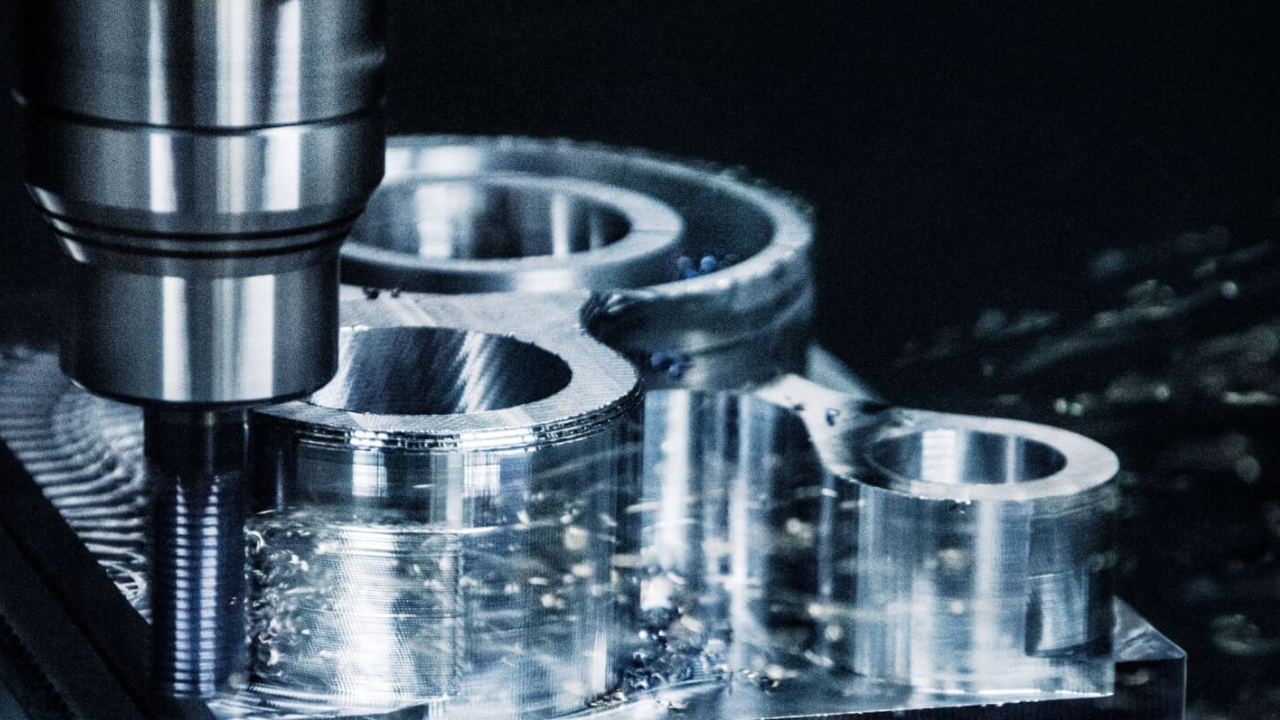Land is a person who loves to share information about recreation. he love going to the gym, playing sports, and spending time outdoors. he has a lot of knowledge about different types of exercise and like to help others learn about them too. he is always looking for new ways to have fun and stay active, and he love sharing what he learn with others.

Various procedures are used in machining operations to shape and finish raw materials into desired components. A common procedure called turning involves rotating a workpiece while a cutting tool removes material to form cylindrical shapes. In milling, material is removed from a workpiece using rotary cutters to create complicated forms. Using a rotating drill bit, drilling makes holes through a workpiece.
Abrasive wheels are used in grinding to produce exact dimensions or surface finishes. For complex shaping, electrical discharge machining (EDM) uses electrical discharges. Furthermore, machining operations including sawing, honing, and broaching are used to meet particular needs. With the use of automated, accurate, and repeatable processes made possible by CNC (Computer Numerical Control) technology, machining has been transformed and industrial efficiency and precision have increased.
Most Important Machining Methods
The following are some key machining methods that are frequently used in the production of keys:
Turning
One of the earliest and most basic machining processes is turning. To make cylindrical shapes, a workpiece is rotated while the material is removed using a single-point cutting tool. Turning is a flexible process that has uses in many different sectors. It is typically used to create shafts, rods, and other components with rotational symmetry.
When turning an object, the workpiece is gripped and turned on a lathe, and the material is removed by feeding the cutting tool into the spinning workpiece. This method is crucial for producing a variety of cylindrical components since it may generate both internal and exterior features.
Milling:
A flexible machining method called milling is utilized to give a workpiece intricate features and shapes. The procedure entails turning milling cutters, which are cutting instruments with several cutting edges, to remove material from the surface of the workpiece. There are several different kinds of milling procedures, such as peripheral milling and face milling, among others.
Milling machines provide versatility in creating components with complex geometries since they can be operated manually or with computer numerical control (CNC). This method is frequently used in the production of parts for the mold-making, automotive, and aerospace industries.
Drilling:
The goal of the machining process called drilling is to make holes in a workpiece. To remove chips from the material, a drill is used, and a spinning is cutting instrument. When producing parts like engine blocks, metal plates, and structural components that need exact holes, drilling is an essential process.
Diverse drilling methods, including gun and twist drilling, are available to meet varying material requirements and application needs. Achieving precise whole depths and diameters requires precise drilling.
Grinding:
Using abrasive wheels to remove material and generate smooth surfaces, grinding is a precision machining process. Applications requiring extreme precision and close tolerances are handled with this technology. Grinding is frequently used to create components with excellent surface integrity in the automotive and aerospace sectors.
This technique has several varieties, each with a distinct function, such as centerless grinding, cylindrical grinding, and surface grinding. In the manufacturing of precision components, grinding is an essential process since it may produce tolerances down to the micron.
Machining using Electrical Discharge (EDD):
Utilizing electrical discharges to shape the workpiece, Electrical Discharge Machining (EDM) is a non-traditional machining method. Through electrical discharges that transpire between an electrode and the workpiece while they are immersed in a dielectric fluid, the workpiece is eroded of material in EDM. Complex geometries in hard materials that are difficult to manufacture with traditional methods can be effectively machined with EDM.
Computer Numerical Control (CNC) Machining:
This type of machining is carried out by using sophisticated, computer-controlled equipment to do intricate and exacting tasks. Automation, reproducibility, and very accurate manufacture of complex parts are made possible by this technology. CNC machining is a flexible and effective manufacturing method that includes some operations like drilling, turning, and milling.
Finally
Crucial machining techniques continue to be the tried-and-true methods that transform raw materials into useful components in the always-changing production scene. These methods remain relevant and flourish in the face of technological advancement, contributing significantly to the production of the complex and superior parts that drive our contemporary society.
